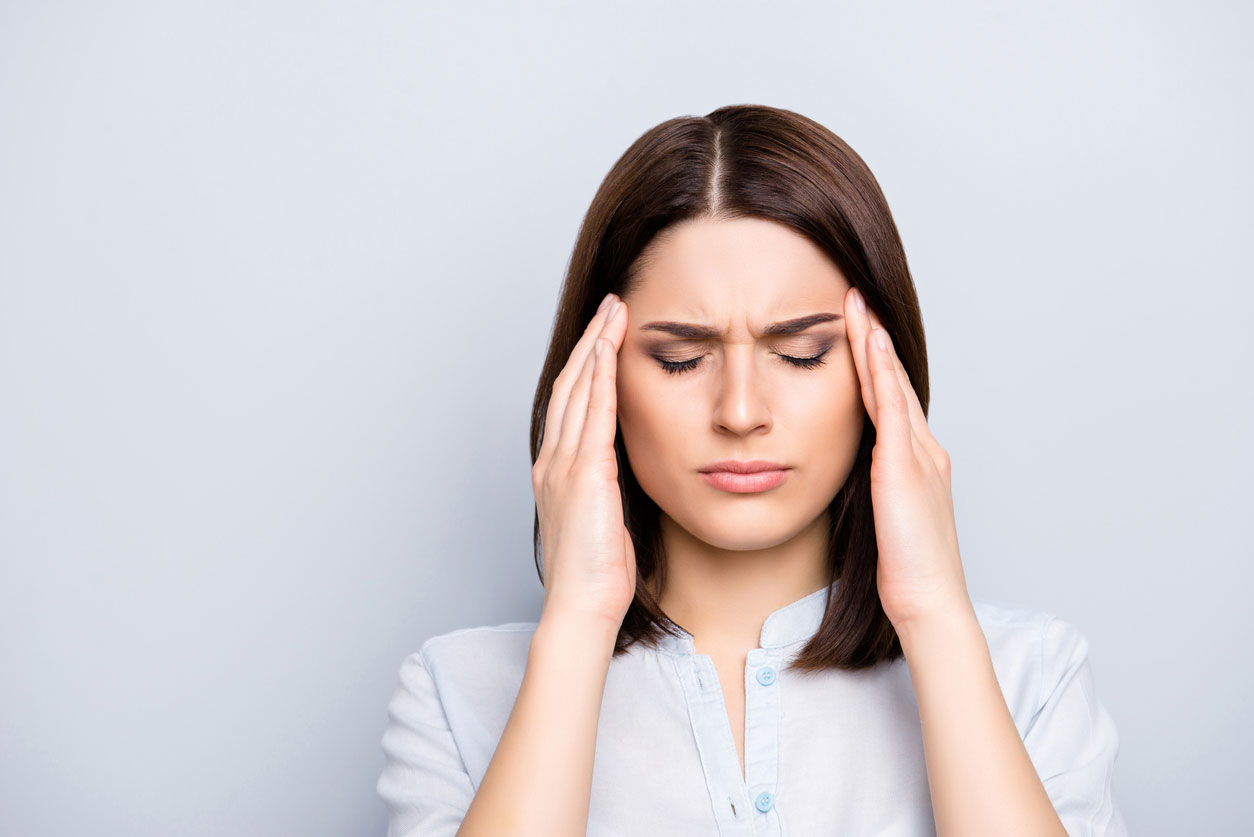
There are headaches and then there are migraines. Determining which one of the two you have might be difficult, but there’s a clear difference between the two.
A migraine is more than a just a headache. According to the American Migraine Foundation (AMF), a migraine is a neurological disease that causes severe and painful headaches on a recurring basis.
Let’s look at what makes migraines different from other headaches and how it is best treated.
What Does a Migraine Feel Like?
There are clear signs that can distinguish whether you have a headache or migraine at any given time.
Migraines tend to give warning signs prior to coming on. A lot of people who get migraines report that they see auras or sensory disturbances on one side of the head before a migraine headache sets in. An example of this is seeing a blurry light in one eye that prevents you from seeing clearly. A lot of people report that when they act on the warning sign quickly, it helps prevent full-on migraines.
Unlike a regular headache, which can happen for a variety of reasons, migraines can be traced back to a set of triggers. Triggers are specific things that can cause the body to react a certain way. Migraine triggers are similar to allergic reactions in the sense that when a person with a peanut allergy is exposed to a peanut, it will trigger an allergic reaction. A trigger has a similar affect and can lead to a migraine. This may be difficult to pinpoint until you have had at least a few migraines to assess if there is a correlation between what you were doing or feeling prior to the migraine setting in.
Triggers
Not everyone has the same triggers when it comes to migraines. However, like allergic reactions, there are groups of triggers that tend to affect people who suffer from migraines. Here are some examples of common migraine triggers.
- Hormonal Changes – Some women experience migraines during menstruation due to changes in hormone levels.
- Dietary Triggers – Some people experience migraines after consuming certain foods or drinks. Examples include caffeine, chocolate, citrus foods, or foods with additives.
- Environmental Triggers – There are some environmental triggers, such as strong smells, second-hand smoke, and loud noises, that can cause migraines.
- Physical Triggers – Migraines can be triggered if you are jet-lagged, have low blood sugar, or suffering from neck tension.
Treatment
Most migraines can be control by actively avoiding triggers. Other things you can do to prevent migraines is getting enough sleep, reducing your stress, drinking enough water, and exercising regularly.
If you have chronic migraines (migraines that happen more than 15 days a month), you may need to get prescription medication to treat your migraines. In some cases, injections may be able to help control chronic migraines. This treatment involves injecting Botox into the spinal nerves responsible for triggering migraines.
If you’re experiencing any of the symptoms that come with migraines or if you’re having trouble differentiating between a bad headache and a migraine, we can help. Call (561) 434-1935 to request an appointment with one of the Advanced Medical Clinic providers. You can also request an appointment online. We will diagnose you and recommend effective treatments to help you find relief.

